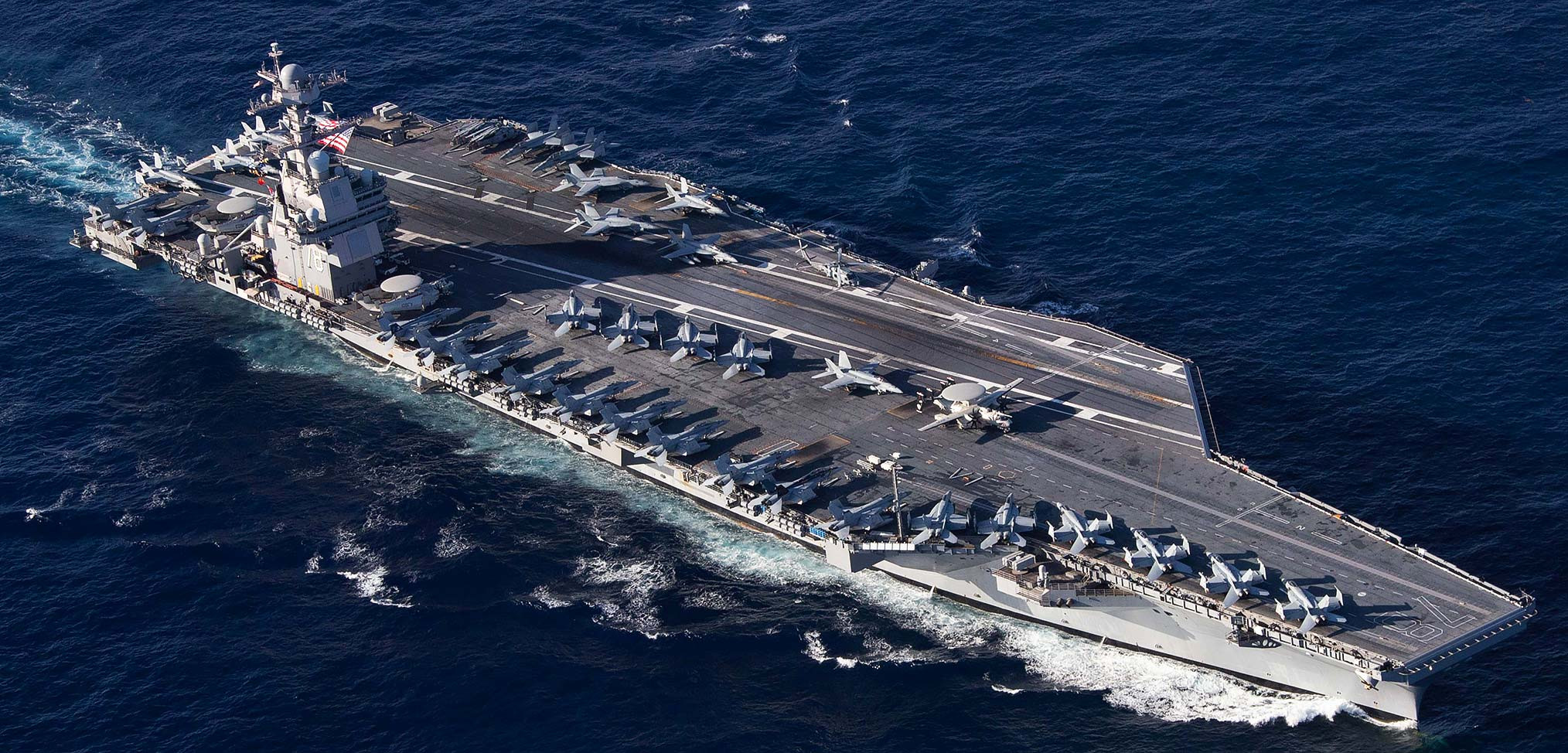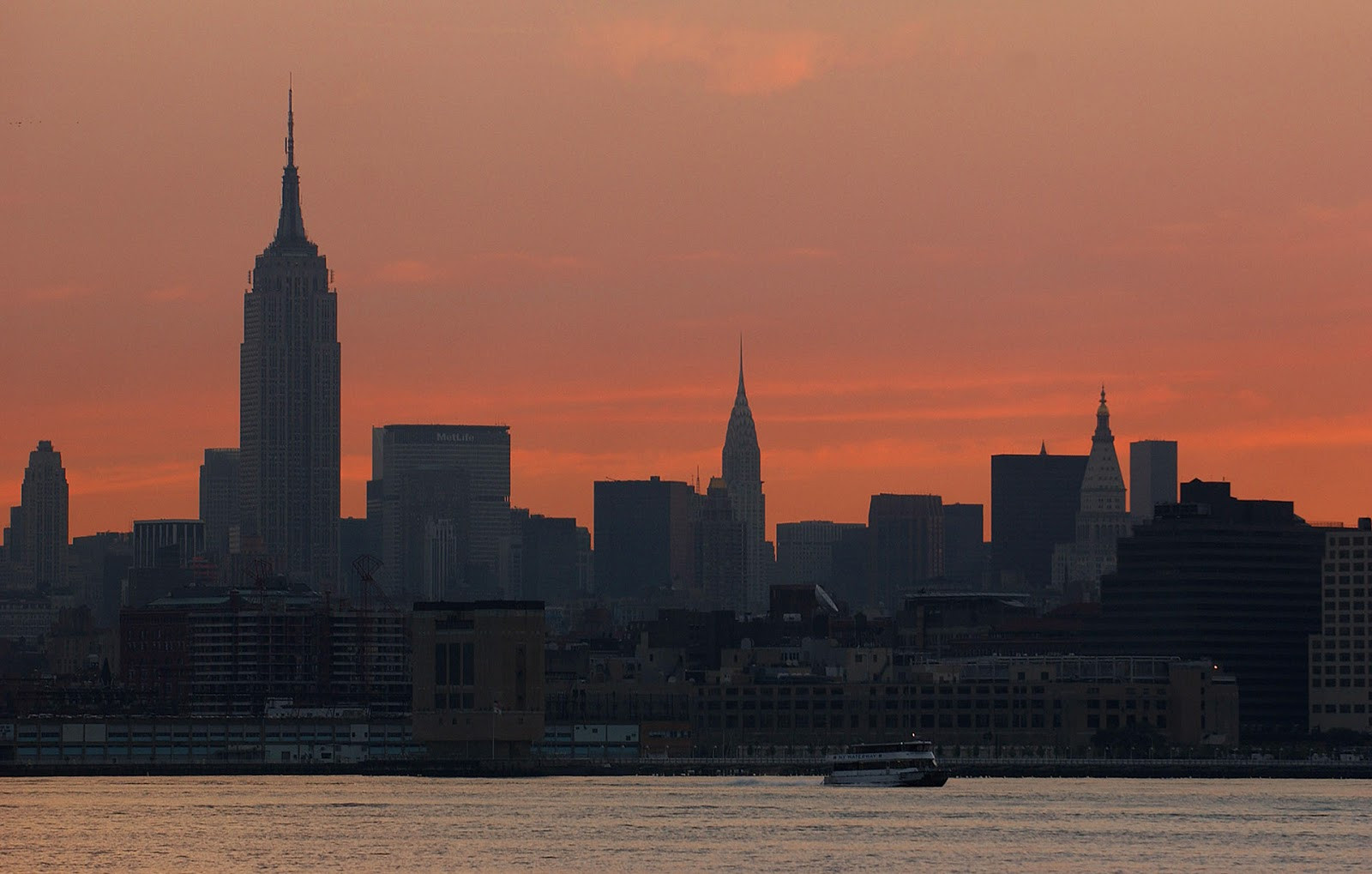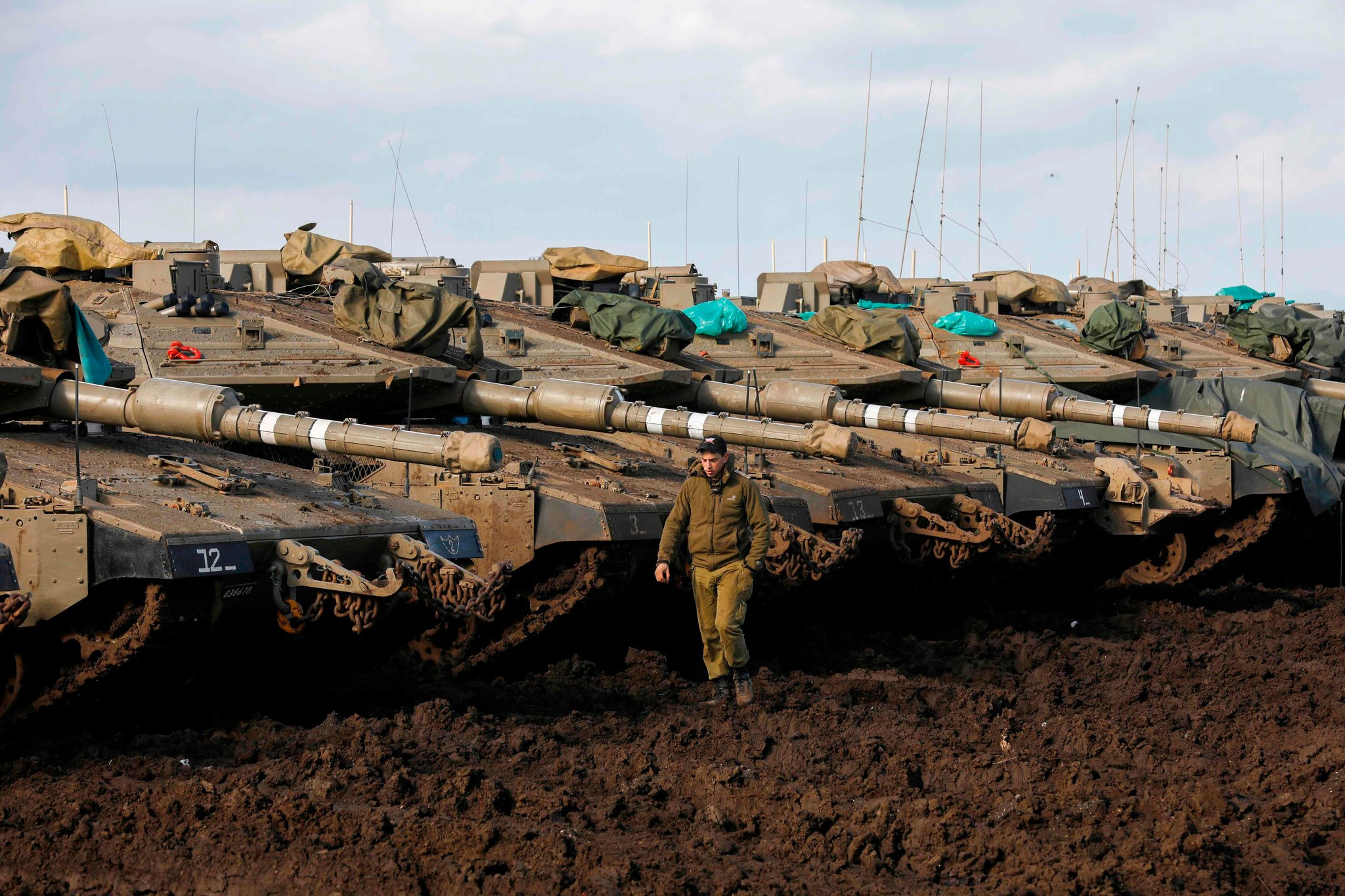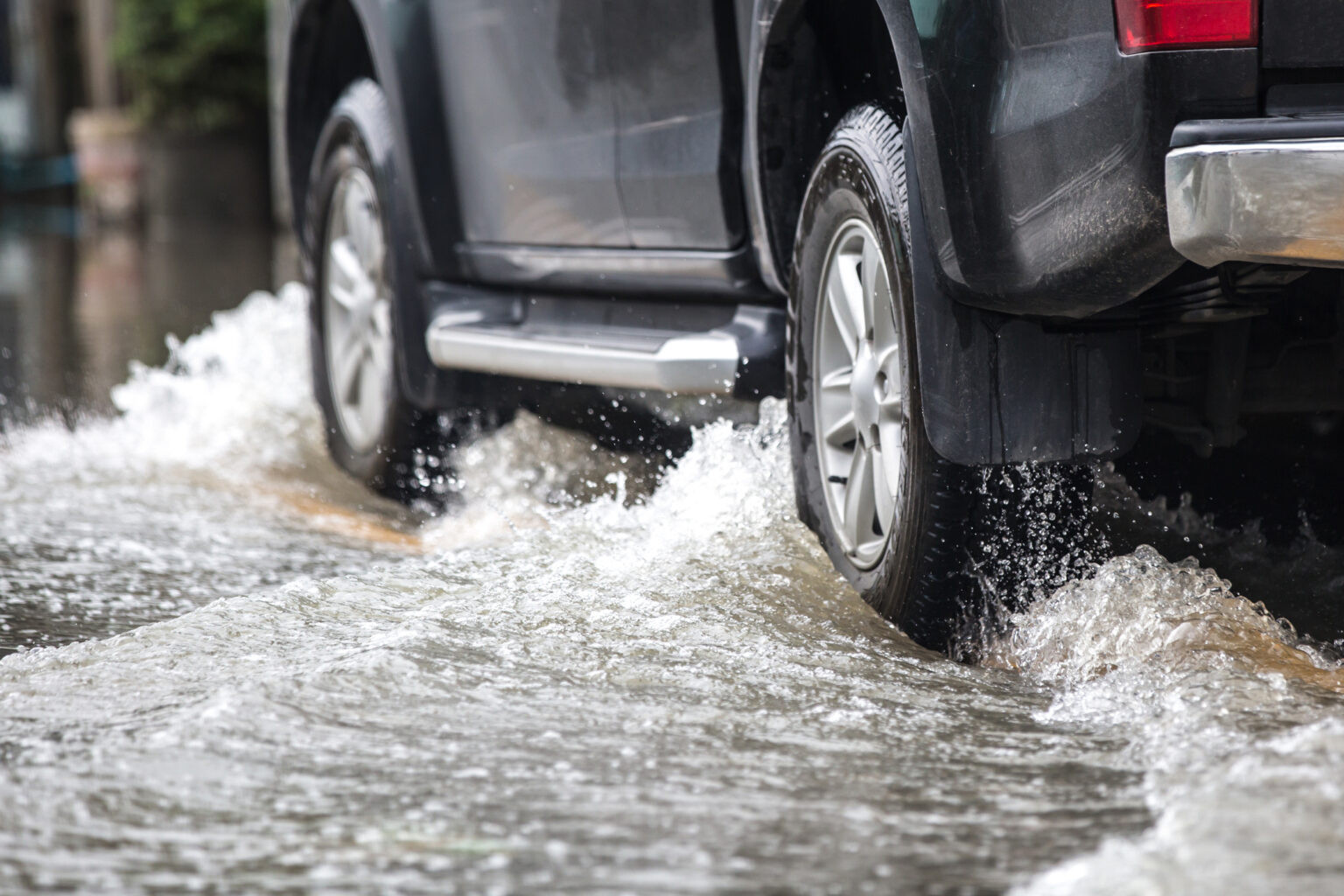Japan’s military is making moves that will put it in the big leagues of naval aviation. Later this year, the Izumo-class carrier Kaga will head to the waters off California for F-35B Lightning II tests, a crucial step in Japan’s plan to fully integrate these advanced fighters into its fleet. The trials, set for October through November, mark a milestone for the Japanese Maritime Self-Defense Force (JMSDF) as it increases spending and transforms two former helicopter destroyers —Kaga and its sister ship Izumo—into F-35B-capable carriers.
The conversion is part of a broader modernization strategy, reflecting Japan’s growing emphasis on defense capabilities. The JMSDF has been busy reworking the ships’ flight decks, and now Kaga is set for its big test. The trials are expected to inform the final tweaks needed to complete the ships’ transformation by 2026.
The operational tests of the Kaga will be conducted as part of the deployment of the JMSDF’s 4th Surface Unit for the Indo-Pacific Deployment 2024 (IPD24). About 20 members of the Japan Air Self-Defense Force will also participate in the operational tests.
The JMSDF is currently modifying its two Izumo-class helicopter carriers – JS Izumo and JS Kaga – into light aircraft carriers. The conversion of Japan’s two largest warships into aircraft carriers is aimed at strengthening deterrence against the Chinese military, which is making aggressive advances into the East and South China Seas and the Pacific Ocean.
The two vessels have been modified twice each, taking advantage of the ships’ periodic refit and overhaul programs, which take place every five years. The Kaga just finished its first major modification at the end of March this year, renovating the bow to a rectangular shape. Part of the ship’s deck also has been made heat-resistant to withstand the heat of aircraft landings.
In October 2021, the JMSDF also conducted takeoff and landing tests of the F-35B on the Izumo, supported by the U.S. Marine Corps. The tests took place off the coast of Shikoku, and F35Bs belonging to the U.S. Marine Corps Air Station Iwakuni participated. During this fiscal year 2024, as part of its second modification, the Izumo is undergoing the conversion of the bow section of its flight deck from a trapezoid into a square shape. The Kaga underwent the same modifications during fiscal year 2023.
The ministry said the Izumo’s modification is scheduled to be completed in fiscal year 2027, and the Kaga’s in fiscal year 2028. The two Izumo-class helicopter carriers (locally classified as “helicopter destroyers”) are 248 meters long and have a standard displacement of 19,500 tons.
The JASDF has yet to receive any U.S.-made F-35Bs, although the first is scheduled to be delivered to Japan by the end of fiscal year 2024, which is March 2025. The JASDF plans to acquire a total of 42 F-35Bs. The Ministry of Defense in Tokyo plans to deploy the fighter aircraft to JASDF’s Nyutabaru Air Base in Miyazaki Prefecture located in southeastern Kyushu Island on Japan’s Pacific coast, during the current fiscal year, by establishing a roughly 110-men Temporary F-35B Squadron in the air base.
Meanwhile, geopolitics remain tense in the Pacific. According to USNI news , U.S. Indo-Pacific Commander Adm. Samuel Paparo had a video call with China’s PLA Southern Theater Commander Gen. Wu Yanan. It’s the first contact between the two since China froze military communications in 2022. This conversation, part of a diplomatic thaw after talks between President Biden and President Xi, signals an attempt to lower the temperature in a region where missteps could lead to conflict. Additionally, Secretary of Defense Lloyd Austin held a conference call with Chinese Defense Minister Dong Jun in April, which was followed by an in-person meeting at the International Institute for Strategic Studies (IISS).
The sight of an aircraft carrier on the horizon can shift not only geopolitical conversations but entire military strategies. For decades, these colossal floating airbases – and the smaller carriers... The developmental tests, which will take place from October 5 to November 18, were announced by Japan's Maritime Self-Defense Force on Tuesday. The main objective is "to collect the data necessary for ship-based operation of F-35B on IZUMO-class vessels," specifically short-take off and vertical landing of F-35B jets.
The JMSDF said that the testing would occur on the JS Kaga, Japan's new light aircraft carrier, with support from US forces off the coast of San Diego. The Kaga just recently finished its conversion from a helicopter carrier vessel to a flattop capable of launching and recovering F-35s, with Japan confirming the completion of the upgrades back in April.
Another helicopter carrier, the lead-in-class Izumo, is also being modified to carry F-35 jets. The ship previously hosted two US Marine Corps F-35Bs in October 2021 for flight operations. Once both vessels have been fully certified with the jets, Japan will have a naval capability it hasn't had since World War II.
The Kaga looks similar to the US Navy's big-deck amphibious assault ships, which the US has previously explored using as so-called "lightning carriers," smaller, lighter warships with flight decks that're designed for F-35Bs. One of the more recent examples of this concept is USS Bataan, an assault ship that recently entered maintenance to undergo modifications to carry F-35s after departing from combat against the Houthis in the Red Sea.
For Japan, the capability to carry its own F-35Bs — or the US' — on its flattops could be useful amid tensions in the Indo-Pacific region, particularly from a continually aggressive China.
The US and Japan are increasingly engaging in close military cooperation directly related to deterring China's hostile actions in the East and South China Seas. There have been conversations about potential Japanese involvement in the trilateral Australia, UK, and US partnership known as AUKUS. The US also regularly conducts joint exercises with Japanese forces and has worked with Japan on defense technology, such as missile defense interceptors.
It's a notable moment, as it appears to be the first such test since the modifications wrapped earlier this year, and it's the latest signal of continued US-Japanese coordination on the strengthening of Japan's naval forces. The JMSDF has also been working with other carrier nations, including Italy and the United Kingdom, to learn best practices for operating the F-35 at sea.

















